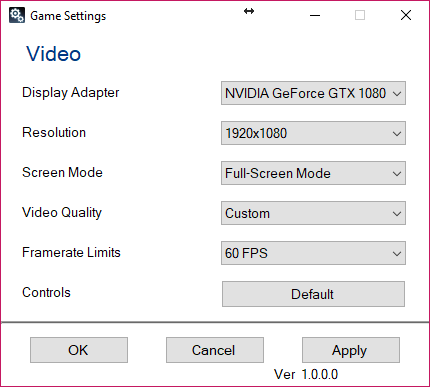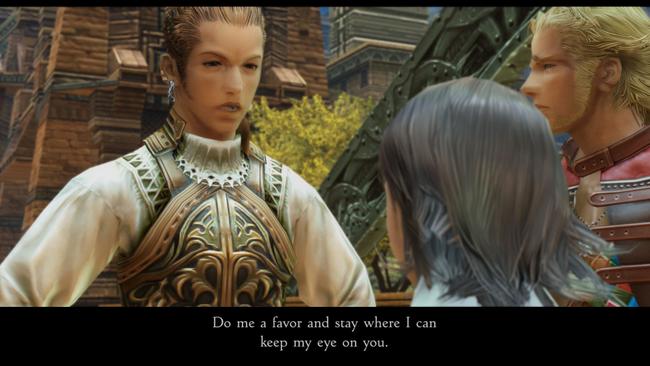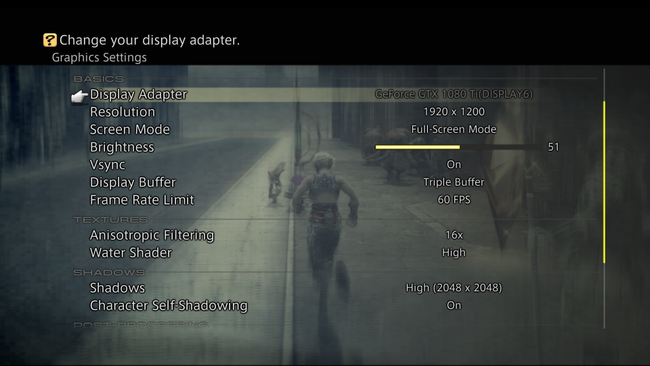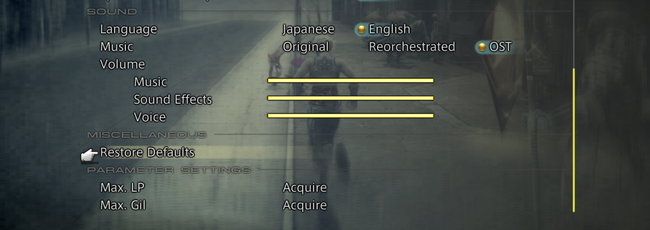
Final Fantasy XII: The Zodiac Age PC Review
Final Fantasy XII: The Zodiac Age is an excellent remaster of the classic game. Western fans finally got to play the game with the additions and modifications originally made to the previously Japanese-only International Zodiac Job System version, alongside some long-awaited quality-of-life changes that brought the 2006 release up to more modern standards. We’ve loved Final Fantasy XII ever since it originally launched on PS2, but the additions of autosave and map-overlay features were highly appreciated and well overdue. It may have been a remaster of a decade old game, but it was still one of the best titles to release in 2017.
No longer overdue is the title’s availability on PC outside of emulation. Finally, after 12 years, Final Fantasy XII is officially playable on the platform. So how does it stack up?
Now, scoring The Zodiac Age’s PC port is a tricky thing to do. The remaster definitely updated the game in a remarkable way, but the PC version only really goes a half step farther. Changes such as adding the OST-quality soundtrack option and allowing for New Game + from the start are noteworthy, but not really world-shaking. Being able to set the framerate up to 60fps is pretty significant, but there’s not a whole lot to say about that either except the obvious: The Zodiac Age looks pretty nice at 60 fps.
Zodiac Age’s PC port also adds “cheat” options in the in-game menu for infinite license points or gil. These are definitely nice options to have and pair well with New Game + if you’re looking for more of a casual or quick run through of the game.

When you first boot The Zodiac Age, you’ll have the option to launch into a configuration menu. Now, most of the graphical options are selectable in game: this configurator is really only display-based options, such as the resolution you want to render the game in and whether you prefer windowed or fullscreen modes.
For me, these options worked as advertised, for the most part. Windowed mode scaled up and down to the selected resolution, borderless mode rendered at my monitor resolution as a proper window, but fullscreen mode had a few oddities. While I could easily run the game in fullscreen at my monitor resolution (and it’s how I played the game), selecting any other resolution outside of native would cause this selection to be overwritten and the game would revert back to a window. For instance, a 1080p monitor couldn’t select 4k without the game being blown up such that only a corner of the screen is viewable, so no proper downsampling was possible.

There have also been reports with display-related bugs with respect to Gsync enabled monitors. We didn’t have a Gsync capable display to test this, but we suggest turning that feature off if you’re having issues. Downsampling might be possible with some future patches or 3rd party support, but it didn’t work out of the box for us. It’s not a major loss as the game looks remarkably sharp with all of the antialiasing options cranked up.
The Zodiac Age allows for complete rebinding of keyboard controls, which is pretty exemplary for a game that for a decade plus has only been officially supported by controller input. Being honest, I never anticipated playing this game with anything but a controller, but it’s neat to see the confiurgation options available for those that would rather go with mouse and keyboard. The game recognized my controller input automatically without having to jump through any hoops, which is a low bar to clear but not always one you can take for granted. If you’re having issues with controller input, we suggest removing any possible 3rd party drivers or application such as Vjoy.



The graphics options available in The Zodiac Age are about as exhaustive as can be expected for this release, with both in-game and post-processing antialiasing available in the forms of MSAA and SMAA respectively, as well as options for Ambient Occlusion and Shadow Resolution. However, even with all of the options turned on, the title doesn’t look remarkably different from its console counterpart, in fact, the game looks very similar whether all the settings are set to max or are off completely. The Zodiac Age should run pretty well on even modest hardware, so we just suggest turning down the MSAA factor if you’re struggling to hit 60fps for any reason.
Playing the Zodiac Age at the higher framerate is the most distinct difference compared to the game’s PS4 release, which was limited to only 30fps. I was worried that this might result in a sort of “soap-opera” effect, where the game might come across as unnatural looking with a long adjustment period, but my concerns weren’t really warranted: the game looks smooth and fluid in both battle as well as in the cutscenes. Only the prerendered CGI movies look a little off compared to the rest of the game at the higher framerate. Lastly, I want to comment that The Zodiac Age was completely compatible with other software such as the Steam overlay functions and the Nvidia sharing suite. Sometimes titles launch with iffy incompatibilities with these sorts of software, so it was nice to be able to capture footage or share screenshots without any hassle.
Final Fantasy XII's PC version is a good port of an excellent game. It's not remarkably different from the Playstation 4 version of the game, and the capability to play at a higher framerate is the one big noteworthy improvement. It's not a drastically better experience on PC, but it's a remarkably faithful and relatively bug-free one. It's still a Playstation 2 game at its core, and no amount of cranked up anti-aliasing will ever belie that truth, but it's still a visually distinct game with great art direction and a stellar localization. We definitely suggest PC gamers check out this remaster of a great classic.